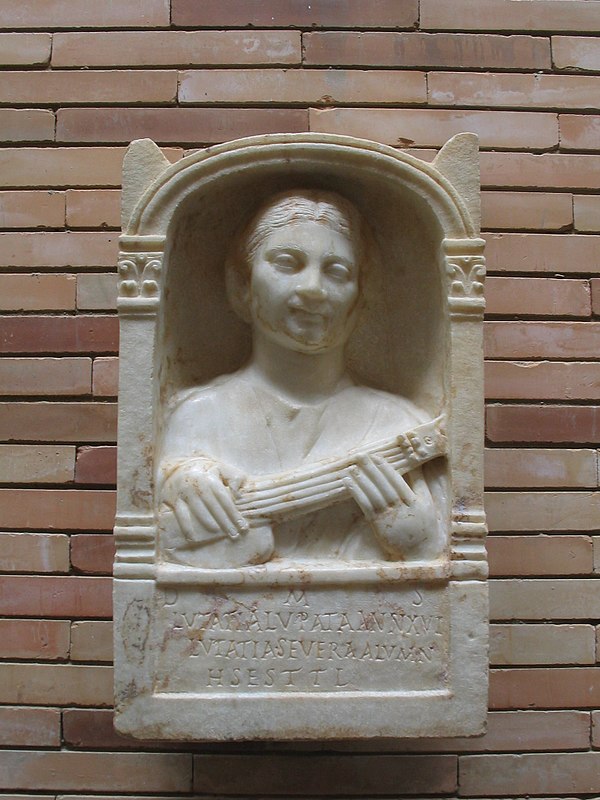Veena
Videos
Page
The veena, also spelled vina, is any of various chordophone instruments from the Indian subcontinent. Ancient musical instruments evolved into many variations, such as lutes, zithers and arched harps. The many regional designs have different names such as the Rudra veena, the Saraswati veena, the Vichitra veena and others.

Plaque with a dancer and a veena (harp) player 1st century B.C.

Iranian style rubab from the 13th century C.E., found in Rayy (near Tehran, Iran).

Embekka Devalaya temple, Sri Lanka. A Kinnari holds an ālāpīni vīnī, a type of stick-zither with a half gourd used for the resonator.

Kinnara playing a yazh, Kailasanathar Temple in Kanchipuram, India, ca 8th century CE. In the Tamil tradition, the Tamil word for veena is yaaḻ (யாழ்) (often written yaazh or yaal). It is in the list of musical instruments used by Tamil people in Tirumurai, dated from the 6th to the 11th century.
String instrument
Videos
Page
In musical instrument classification, string instruments or chordophones, are musical instruments that produce sound from vibrating strings when a performer plays or sounds the strings in some manner.

Bow Harp or Harp Lute, West Africa

Hellenistic banquet scene from the 1st century AD, Hadda, Gandhara. Lute player far right.

Spanish stele of a boy with a pandura.

Viol, fidel and rebec (from left to right) on display at Amakusa Korejiyokan in Amakusa, Kumamoto, Japan